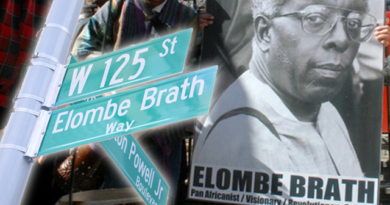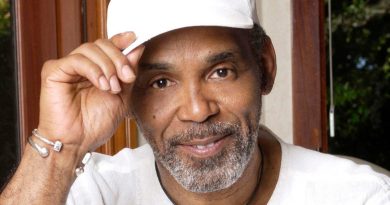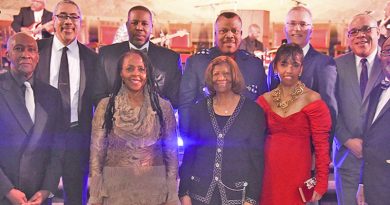Smithsonian museum honors Kobe Bryant by displaying game-worn Finals jersey
The endless love and support the Lakers legend receives from fans led to the museum’s decision
Kobe Bryant’s death in January was the first sign that 2020 was bound to be a turbulent year, as the icon’s passing left the world in shambles. While we all continue to process and grieve his loss, the National Museum of African American History and Culture will put Bryant’s jersey on display Monday, allowing fans and spectators to pay respect to the former Los Angeles Lakers great. Bryant, who was a donor and supporter of the museum, will have his uniform honored from Game 5 of the 2008 NBA Finals against the Boston Celtics.
Bryant’s contributions to the game of basketball go unquestioned. The 18-time All-Star and five-time champion is without question one of the most recognizable figures in NBA history. Bryant also left a mark that goes deeper than just basketball, and the endless love and support he receives from fans led to the decision to display his jersey, which the museum received in December 2017 as a gift from Bryant.
“We wanted to be responsive to our visitors,” said Damion Thomas, sports curator for the museum. “We saw that people were using our museum as a space to grieve and talk about the legacy of Kobe Bryant.”
The inspiration that came from watching Bryant play basketball is likely why his fans have such strong admiration for him. His drive and determination to be the best was omnipresent every time that Bryant stepped onto the court. That same drive sparked something in people to have the confidence to believe in themselves just by looking at him.
“For a generation of people, Kobe became symbolic for high-level intense focus and drive,” noted Thomas. “Particularly when you think about the idea of the ‘Mamba Mentality,’ somebody who is unwilling to wait their turn or let other people place limitations on them.”ADVERTISEMENT
The Mamba Mentality trademark is perhaps one of the most memorable things about Bryant and his everlasting legacy, and Bryant certainly didn’t let anyone put limitations on him. During the Lakers’ championship run in the early 2000s, Bryant, who formed a dynamic duo with Shaquille O’Neal, sought to prove that he was the driving force behind the Lakers’ success. In the final two championships of Bryant’s career, in 2009 and 2010, he proved to critics that he was capable of winning without O’Neal by his side.
Bryant wanted to instill this win-by-any-means mindset in his daughter Gianna, who, along with seven others, also died in a tragic helicopter crash in California on Jan. 26. Bryant always made it a point to highlight WNBA and high-level college players. He knew his sponsorship could only help elevate the women’s game.
“Kobe Bryant’s embrace of women’s sports is really important,” said Thomas. “It creates moments of bonding and it transcends generations.”
Bryant also transcends generations, and his accomplishments prove that he has more than earned the right to have his memory eternalized in the pantheon of the greatest Black athletes of all time.


